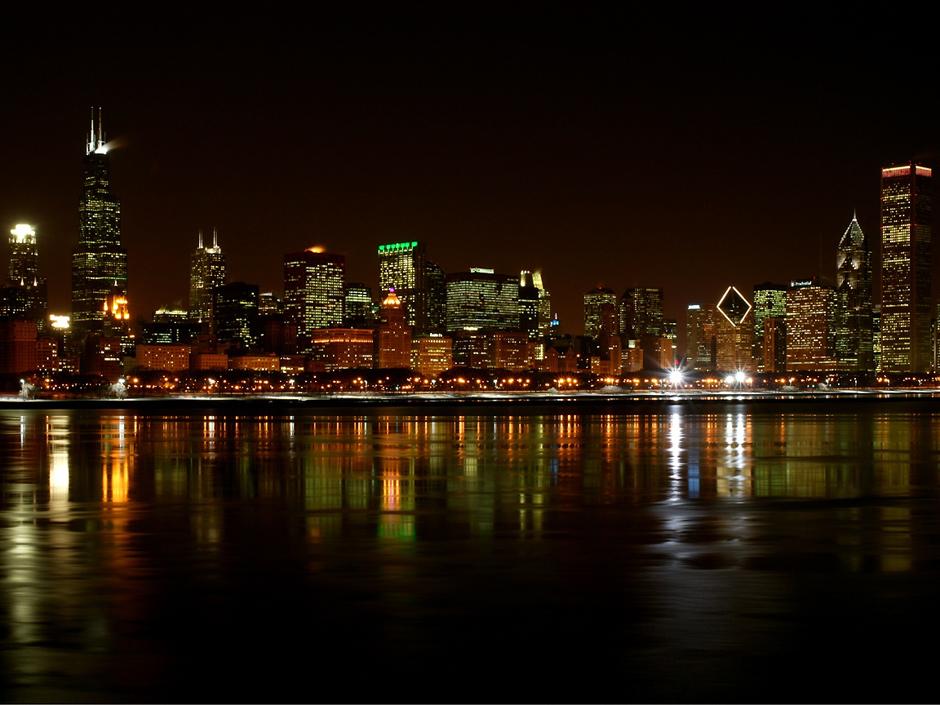

/cdn.vox-cdn.com/uploads/chorus_image/image/65257041/Chicago_skyline_scattered_clouds.0.jpg)
#CHICAGO SCITE PDF#
Basically, reference citations capture the author’s name (last name, first and middle name’s initials), the publication year, the title of the PDF article, the title of the journal, journal’s volume and issue numbers, the page range, and the link where it is taken or DOI number. Firstly, APA in-text citations appear in the main text as a parenthesis, while reference entries must be on the reference list. When citing a PDF article as a source in APA 7, a student should use both in-text and reference citations.
#CHICAGO SCITE HOW TO#
Hence, students need to learn how to cite a PDF article in different writing formats, such as APA, MLA, Chicago/Turabian, or Harvard styles. Also, the most readily available texts in these platforms are PDF (Portable Document Format) articles, which can be scholarly or not. Basically, one of these strategies is finding scholarly articles in the PDF format published in online platforms, including websites and databases. Students and researchers use different strategies to find evidence to back up their claims and arguments when writing an academic text, such as a research paper, an essay, a Master’s thesis, or a dissertation. General Guidelines of Citing a PDF Article in APA, MLA, Chicago/Turabian, and Harvard In all of the four formats, essential citation elements are the author’s name, the year of publication, the PDF article’s title, the journal’s title (including its volume and issue numbers), and the PDF article’s page range, including links to these files or DOI numbers. In this case, the difference is not only in citation features but also in their arrangements. In essence, the rules on how to cite a PDF article are different for APA, MLA, Chicago/Turabian, and Harvard papers. Basically, if students use these texts as sources of evidence in their writing assignments, they must cite them as per the rules of the applicable format. Portable Document Format (PDF) is a format that scholars and researchers use when publishing their works.


#CHICAGO SCITE MANUAL#
Students who are unsure of which system to use will find more information here.įor a more comprehensive look at Chicago’s two systems of source citation and many more examples, see chapters 14 and 15 of The Chicago Manual of Style.Sign in to your account to gain access to orders. Most authors choose the system used by others in their field or required by their publisher. Follow the links at the top of this page to see examples of some of the more common source types cited in both systems.
#CHICAGO SCITE FULL#
Each in-text citation matches up with an entry in a reference list, where full bibliographic information is provided.Īside from the use of numbered notes versus parenthetical references in the text, the two systems share a similar style. In this system, sources are briefly cited in the text, usually in parentheses, by author’s last name and year of publication. The author-date system is more common in the sciences and social sciences. The notes and bibliography system can accommodate a wide variety of sources, including unusual ones that don’t fit neatly into the author-date system. Sources are also usually listed in a separate bibliography. Each note corresponds to a raised (superscript) number in the text. In this system, sources are cited in numbered footnotes or endnotes. The notes and bibliography system is preferred by many working in the humanities-including literature, history, and the arts. If you are unsure about which system to use, read on. If you already know which system to use, follow one of the links above to see sample citations for a variety of common sources. Chicago-style source citations come in two varieties: (1) notes and bibliography and (2) author-date.


 0 kommentar(er)
0 kommentar(er)
